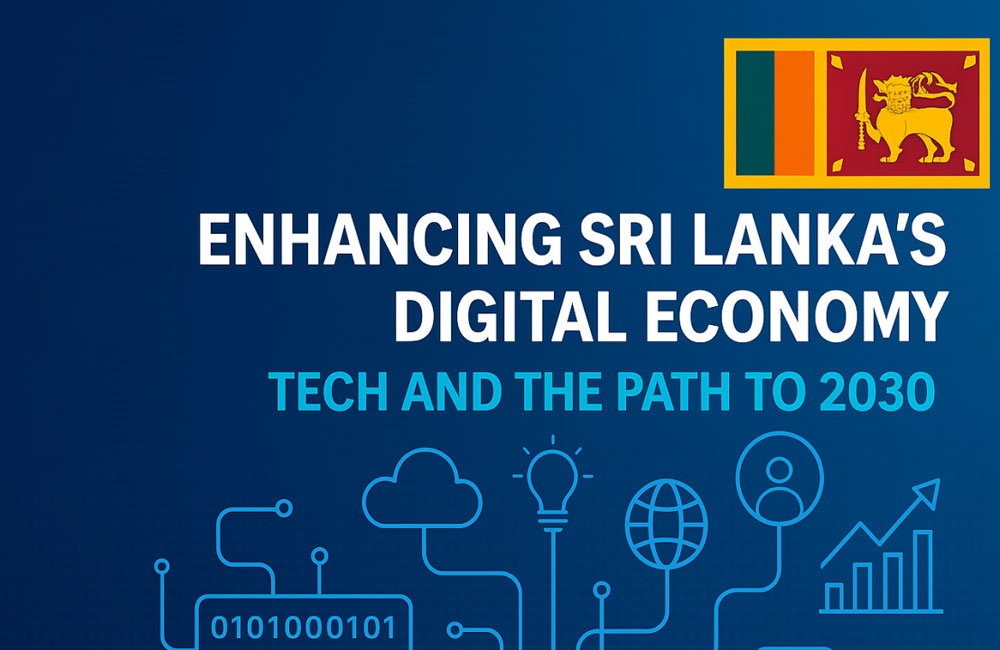Sri Lanka is embarking on an ambitious digital transformation drive aimed at generating what officials describe as a “super return on investment (ROI)” through the creation of a US $ 15 billion digital economy. The initiative, unveiled by Dr. Hans Wijesuriya, Chief Advisor to the President on Digital Economy and Chairman of the Information and Communication Technology Agency (ICTA), seeks to position digitalisation as the nation’s primary growth engine within an increasingly tight fiscal space.
Speaking at the launch of the Institute of Policy Studies’ State of the Economy 2025 report, Dr. Wijesuriya said the digital economy would be built around efficiency, competitiveness, and innovation, creating powerful multiplier effects across all sectors. “Digital transformation is the crucial ingredient for economic growth when fiscal room is constrained,” he noted.
At the core of this vision is the development of digital public infrastructure (DPI) a shared set of systems including a national digital ID, data-exchange networks, digital signatures, and federated payment frameworks. The plan marks a shift from fragmented “vertical” ICT solutions toward interconnected “horizontal” platforms designed to serve all public institutions and private users alike.
Sri Lanka, he observed, currently operates with “islands of excellence standalone digital solutions that do not communicate effectively causing friction for citizens and businesses. The new strategy aims to open these systems through application programming interfaces (APIs), enabling entrepreneurs and SMEs to build innovative services on top of government data and platforms, multiplying economic value.
Crucially, Dr. Wijesuriya emphasised that the cost of building this infrastructure will be manageable due to open-source software, cloud technologies, and shared investment models. The government will fund the foundational DPI layer directly, while encouraging private investment in broadband, telecom networks, and cloud infrastructure.
The timeline is intentionally aggressive: the full foundational layer is targeted for completion within two to four years far shorter than the typical decade-long horizon. The broader goal is universal broadband coverage by 2030. Early wins will be sought in tourism, logistics, and trade—sectors that can deliver quick productivity boosts through digital solutions.
However, technology alone, he warned, will not deliver success. The strategy stresses “analog complements”reforms in laws, policies, and processes. Key areas include procurement reforms to end payment delays that “kill” SMEs, re-engineering business models alongside digitisation, and closing the digital divide through purpose-driven, citizen-centric technologies.
Ensuring a “trustworthy digital destination” is central to this transformation. Robust legal frameworks for data privacy, cybersecurity, and intellectual-property protection will be strengthened under the new Data Protection Authority and a forthcoming Cybersecurity Act. Together, these pillars aim to unlock a dynamic, resilient, and inclusive digital economy capable of driving Sri Lanka’s next phase of growth.

Leave your comments
Login to post a comment
Post comment as a guest